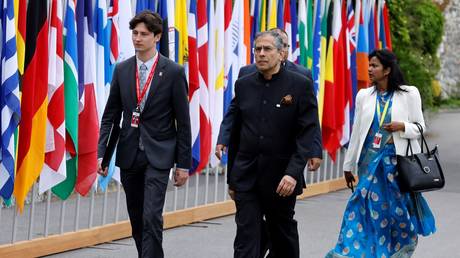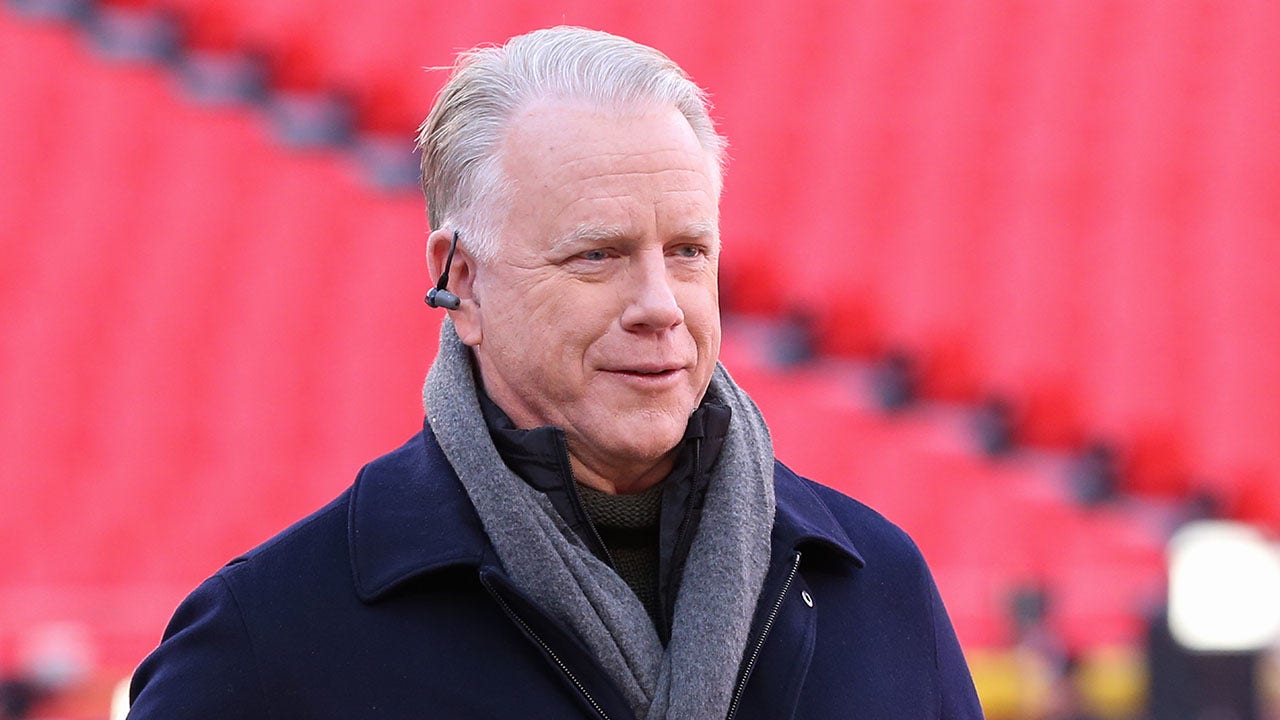NASA will talk about the delayed return to Earth of Boeing’s Starliner capsule during a press conference today (June 18), and you can listen to it live.
NASA and Boeing representatives will discuss the progress of Starliner‘s mission at the International Space Station (ISS), which docked June 6 after experiencing several helium leaks and issues with five onboard reaction control system (RCS) thrusters. The press conference begins at 12 p.m. EDT (1700 GMT) and you can listen to it live here at Space.com, via NASA Television.
Starliner’s first docking attempt was waved off due to the RCS thruster issues, but the rendezvous was accomplished successfully on the second try a few hours later on June 6. Astronauts Butch Wilmore and Suni Williams have since done testing of the thrusters to evaluate the issues and the spacecraft’s performance.
Starliner was expected to spend about a week at the ISS, but NASA and Boeing have extended the capsule’s orbital stay until at least June 22. During the extended mission, “the crew will perform additional hatch operations to better understand its handling, repeat some ‘safe haven’ testing and assess piloting using the forward window,” Steve Stich, manager of NASA’s Commercial Crew Program, said in a recent agency statement.
Related: Thruster glitches and helium leaks can’t stop Boeing’s Starliner astronaut test flight — but why are they happening?
Starliner and SpaceX’s Dragon capsules are the two private vehicles NASA picked to ferry agency astronauts to and from the ISS. (Russia’s venerable Soyuz spacecraft also provides this service, on missions led by cosmonauts.) Starliner is on a test mission right now, known as Crew Flight Test (CFT), aiming to certify the capsule before the first operational mission, called Starliner-1, which is expected in 2025.
CFT has the flexibility to stay for months if needed. The crew and NASA have repeatedly said that safety always trumps any previously stated timeline for launching, docking, landing or other mission events.
Both Starliner and Dragon were funded by NASA in 2014 for expected missions no earlier than 2017, although technical and funding issues delayed that timeline by years. SpaceX, basing its design on its own robotic ISS cargo spacecraft, sent its first crewed Dragon mission to space in 2020 after a single uncrewed test flight to the orbiting lab.
Starliner, a new spacecraft design, required much more work. Its December 2019 uncrewed test mission did not reach the ISS as planned after computer glitches stranded Starliner in the wrong orbit. The next uncrewed mission did not launch until 2022, after the glitches experienced on the first flight were addressed and the coronavirus pandemic broke out. While that second mission went to plan, new problems with flammable tape and parachute loading delayed CFT to 2024.
CFT’s launch was set for May 6, but that day’s try was scrubbed just two hours before launch due to a valve issue on the United Launch Alliance Atlas V rocket.
NASA and Boeing then uncovered a small helium leak on Starliner that affected one of its thrusters, which required lengthy evaluation. Team members then also found a design issue potentially affecting reentry that required certifying a new mode of coming back to Earth, which the astronauts tested on the ground before leaving home. The mission ultimately launched June 5, on its third launch day attempt.











/https://tf-cmsv2-smithsonianmag-media.s3.amazonaws.com/filer_public/d1/82/d18228f6-d319-4525-bb18-78b829f0791f/mammalevolution_web.jpg)








Discussion about this post